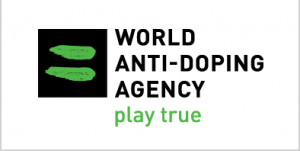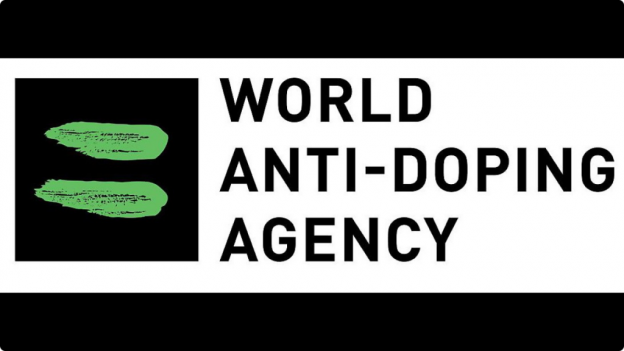By Admin – Steroidal.com
About WADA
Every year, the World Anti-Doping Agency (WADA) conducts a routine evaluation of the trends pertaining to performancing enhancing drugs among athletes. During these annual reviews, WADA typically expands its list of prohibited substances. In 2015, WADA garnered controversy by adding meldonium, a mainstream drug, to its list of 2016 prohibited drugs. However, this year, no substantial changes have taken effect for 2017 banned substance list.
 The 2017 Prohibited Substances List
The 2017 Prohibited Substances List
In anticipation of 2017, WADA has made two, minor additions to the list, including lisdexamfetamine and nicomorphine. These substances will no longer be used during athletic competitions.
Lisdexamfetamine is designed to arouse the central nervous system, and is generally prescribed for those who suffer from attention deficit hyperactivity disorder (ADHD). This drug serves as a precursor to dextroamphetamine, and is generally sold as Vyvanse.
Nicomorphine is classified as an opioid, specifically, an ester of morphine. This agonist analgesic has circulated the human population for well over a century. It precipitates effects virtually identical to morphine, however. WADA prohibited this substance, reasoning it would generate opiate-like effects among athletes.
ESAs, EPOs and Other Banned Substances
WADA continues to further its ban of performance enhancing substances. This agency now classifies Erythropoietic Stimulating Agents (ESA) as a category of banned drugs. This includes both GATA inhibitors and Transforming Growth Factor-Beta.
Traditionally, the public, and agencies,, have decried the use of injectable EPO, one of the most pervasively used drugs in the athletic world. While endurance athletes conventionally turn to EPOs, ESAs may generate like effects. GATA inhibitors and TGF-beta are generally prescribed for anemia, but may serve competitive uses as well.
As noted, ESAs and EPOs generate similar effects. When GATA inhibitors, such as K-11706, are consumed, they catalyze the process of EPO production, thus increasing athletic endurance. Both GATA inhibitors and TGF-beta substances have been classified as experimental drugs. In spite of this, athletes have used them without reservation. In some cases, it may be difficult to detect traces of these drugs in the bloodstream.
WADA has prohibited additional drugs in the world of competitive sports. For example, Molidustat functions as an HIF stabilizer for endurance athletes. Additional drugs on the list have been prohibited from competitive sports for years. One drug that has graced this list for ages is DHEA, which is a class of anabolic steroids. This drug, in particular, increases athletic endurance and stamina among athletes. Allegedly, Charlie Sly supplied DELTA-2 drugs to several American athletes, later debunking those claims.
In 2017, athletes will face additional restrictions, including the ban of Delta-2, which is classified as a DHEA metabolite. Many such drugs were added to exemplify the types and categories of already banned substances.
The new list, for instance, prohibits beta-2 substances, such as fenoterol, formoterol, reproterol, vilanterol and more. But these “new” drugs were banned in previous years. They are listed so athletes have full awareness of their obligations to avoid these drugs in competitive sports. Athletes will have a total of three months to review the new criteria, as devised by the WADA. No athletes can claim a lack of knowledge of these rules as a result.
Source: http://www.usatoday.com/story/sports/olympics/2015/09/30/wada-updates-list-of-banned-substances/73073450/







